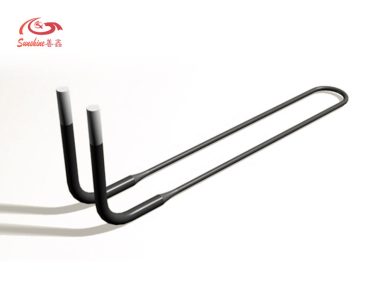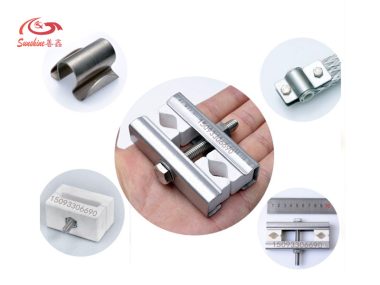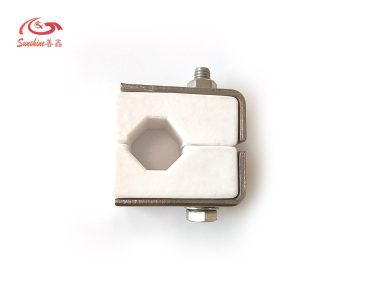Silicon carbide (SiC) and molybdenum disilicide (MoSi2) are two popular materials used in the manufacture of heating elements.
Both materials are known for their high-temperature resistance, which makes them ideal for use in high-temperature heating applications.

However, there are some key differences between SiC and MoSi2 heating elements that make them better suited for different applications.

Differences Between Silicon Carbide and MoSi2 Heating Elements
Their differences are mainly in temperature range, thermal conductivity, strength, oxidation resistance and cose.
Temperature Range
SiC heating elements have a temperature range between 1400°C and 1600°C, while MoSi2 heating elements have a temperature range between 1600°C and 1700°C.
This difference in temperature range makes MoSi2 heating elements ideal for use in applications where higher temperatures are required.
Thermal Conductivity
SiC heating elements have a higher thermal conductivity compared to MoSi2 heating elements. This means that SiC heating elements can transfer heat more efficiently, leading to a faster heating process.
MoSi2 heating elements have a lower thermal conductivity, which means they are better suited for applications where a slower heating process is required.
Strength
SiC heating elements are more brittle compared to MoSi2 heating elements. This means that SiC heating elements are more prone to cracking and breaking when subjected to thermal cycling.
MoSi2 heating elements have a higher ductility and are less prone to cracking and breaking when subjected to thermal cycling.
Oxidation Resistance
MoSi2 heating elements are more resistant to oxidation compared to SiC heating elements. When exposed to high temperatures, SiC heating elements tend to oxidize, leading to a reduction in their heating efficiency.
MoSi2 heating elements are less prone to oxidation, which means they can maintain their heating efficiency for longer periods.
Cost
SiC heating elements are generally less expensive compared to MoSi2 heating elements. This makes them a more economical option for applications where high temperatures are not required.
In summary, both SiC and MoSi2 heating elements have their strengths and weaknesses, making them better suited for different applications.
SiC heating elements are ideal for applications where cost is a factor and high-temperature requirements are not critical.
MoSi2 heating elements are better suited for high-temperature applications, where thermal efficiency and resistance to oxidation are critical factors.





